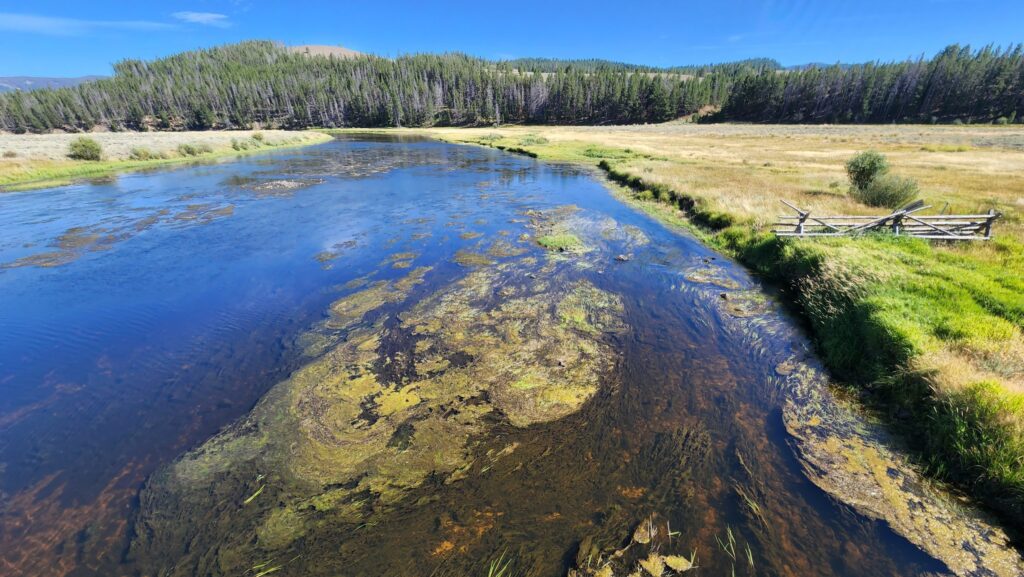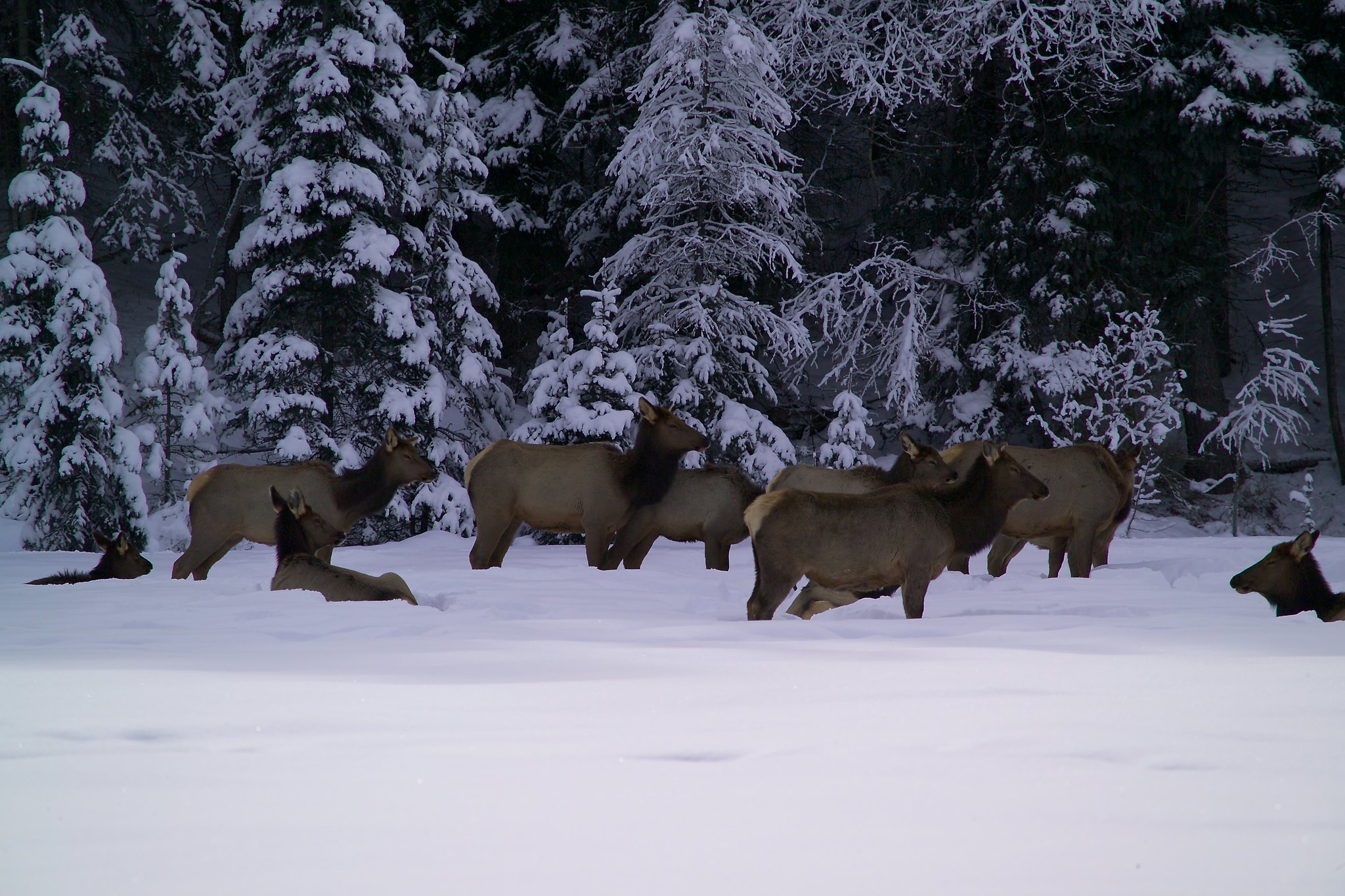Two conservation groups have petitioned the Montana Department of Environmental Quality to classify the Big Hole River in southwestern Montana as impaired due to nutrient pollution. They believe this status will compel the state to impose restrictions on nitrogen and phosphorous levels, which are responsible for damaging algal blooms. Algal blooms have been a recurring concern for this prized fishery.
Nutrient pollution commonly results from runoff involving fertilizers, insecticides, and herbicides, as well as poorly maintained septic systems and livestock manure. Upper Missouri Waterkeeper and the Big Hole River Foundation submitted their petition based on five years of data showing elevated nitrogen and phosphorus levels at multiple sites on the Big Hole, supplemented by macroinvertebrate studies and legal frameworks for waterway uses.
“There’s no disputing that there’s a nutrient pollution problem on the Big Hole River,” stated Upper Missouri Waterkeeper Executive Director Guy Alsentzer. He emphasized that the State of Montana possesses the necessary tools to remedy nutrient-impaired rivers. The petitioners urge the DEQ to acknowledge nutrient pollution as exceeding water quality thresholds, impairing aquatic life and recreational activities, and officially designate the river as impaired. They also highlighted historical challenges like low water flow, high temperatures, and declining fish populations.
Algal overgrowth decreases dissolved oxygen levels, harming fish and macroinvertebrates. In some areas, algae is linked to reduced biodiversity and ecological resilience. The 32-page petition, which coincides with efforts by anglers and researchers to address the marked decline in trout populations in Jefferson Basin fisheries, can be viewed here.
In 2023, FWP biologists reported historically low numbers of brown trout in several stretches of the Big Hole River, prompting discussions about possible causes, including pathogens, drought, angling pressure, and pollution. Save Wild Trout termed the trout population collapse a “canary in the coal mine moment,” stressing the need for proactive measures.
Wade Fellin, program director for Save Wild Trout, sees the impairment petition as part of broader efforts to help the Big Hole recover. “The Big Hole is suffering blow after blow,” Fellin noted, urging prompt action to improve the river’s condition starting with an official impairment designation. DEQ acknowledged the conducive conditions for algae growth and has been monitoring the river’s health since 2020, emphasizing the role of streamflows and temperatures.
Under current law, DEQ must decide on the petition within 60 days, though a proposed bill could extend this to 180 days. The ongoing multi-year research by Montana Fish, Wildlife and Parks, in collaboration with Montana State University, aims to uncover factors affecting fish mortality and health, with a focus on flow, temperature, and disease. Biologists have tagged trout across the Big Hole, Ruby, Beaverhead, and Madison Rivers, and anglers catching tagged trout are encouraged to report online to support research.
Last year saw improved brown and rainbow trout counts on the Big Hole compared to 2023, although numbers remain below the 15-year average. Current data collection is underway, with results expected soon.
—
Read More Montana News










